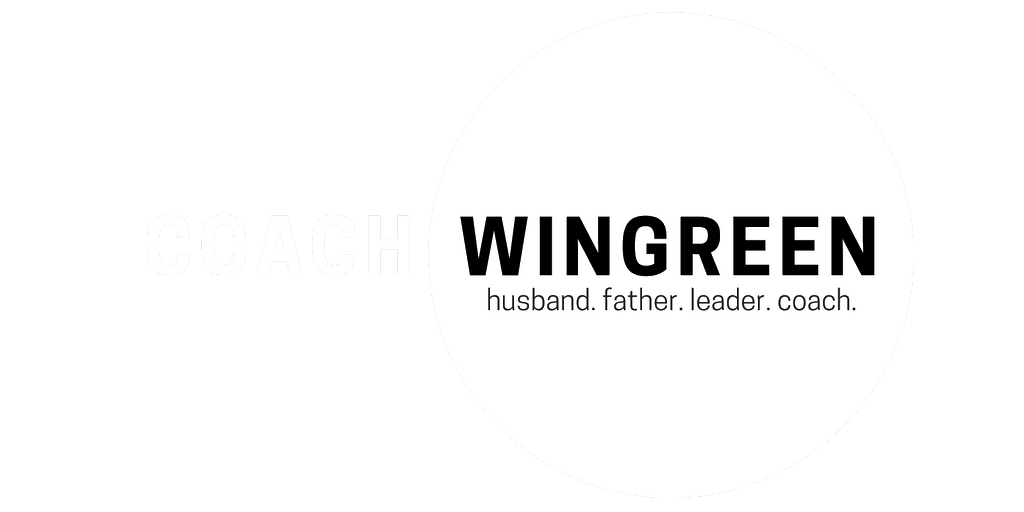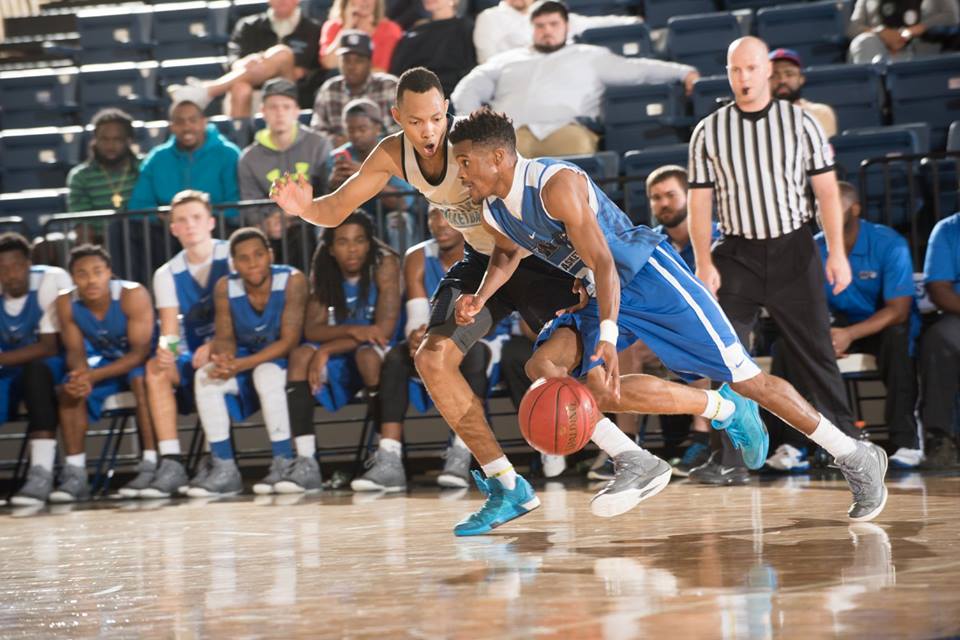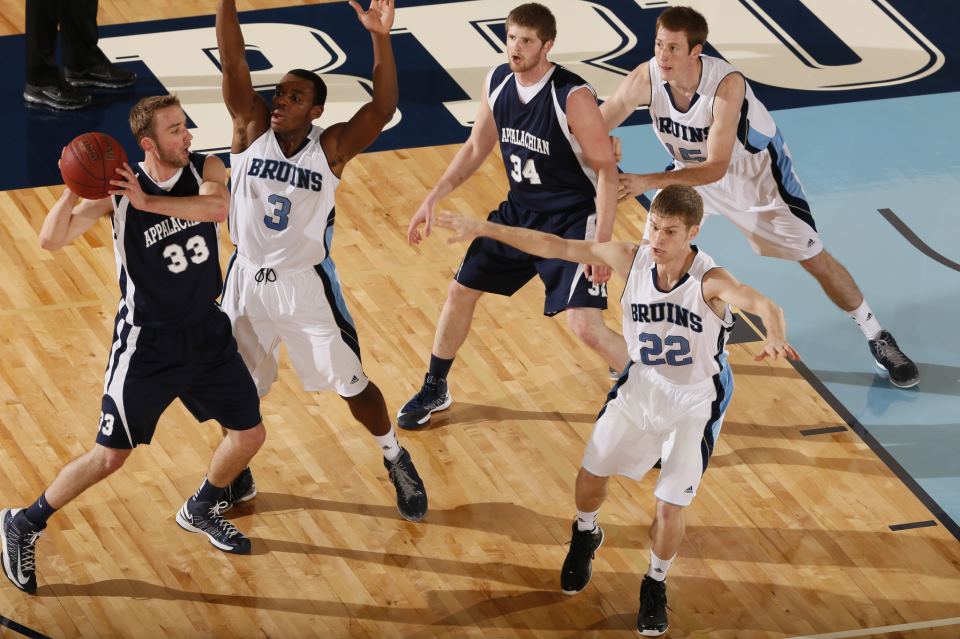It's a beautiful day outside and you have one of your top recruits coming to visit campus today. You've had great talks with him and his family over the last few months and things are going great. You were at every single tournament he played in last summer and took time out of your busy schedule during the season to make it to some of his high school games as well. You've built a relationship with the family and really enjoy talking to them. The recruit has even told you that your school is one of his top 3 and he's going to be making a decision after the visits. But as he steps on campus, the first thing he notices is an overflowing trash can just outside of your office building...
Whether it's a full trash can or something else, it doesn't take much to negatively influence a recruit's visit. Your job as the coach and coordinator for this particular visit is to ensure this never happens. The goal of the campus visit is to win the recruit and his family and give them the confidence that your school is where they want to be. Here are a few important aspects of the campus visit that could be the difference between signing your top priority and losing him.
FIRST IMPRESSION
There are really two parts to the first impression: The visual impression & the personal impression. Sometimes the first one is out of your control, but you should make every effort to make this positive. The second part is fully in your control and you better make it work.
The visual impression: As a recruit and his family drive onto campus, they naturally begin to form an opinion of the school. Is the grass cut? Is the landscaping nice? Are the buildings kept up? These are just a few of the things they look at, but they are important. I'm lucky enough to be at a school that does a fantastic job with their grounds. You will never drive onto our campus and feel like it's a mess. The landscaping is beautiful, the fountains are always flowing, and the trash cans are always empty. Because of the grounds crew at Bob Jones University, my job as a coach has already been made easier.
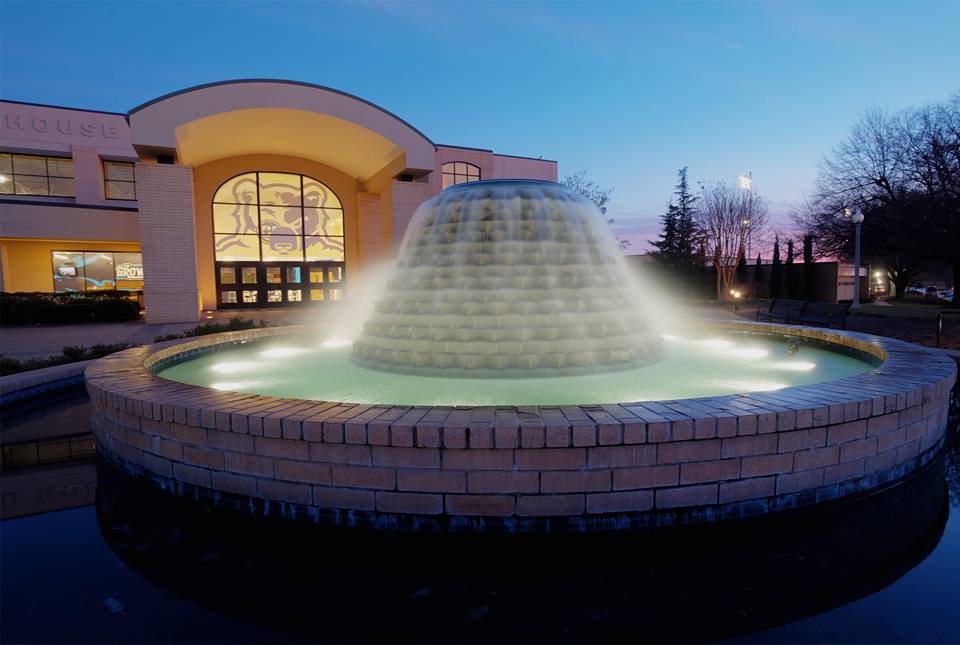

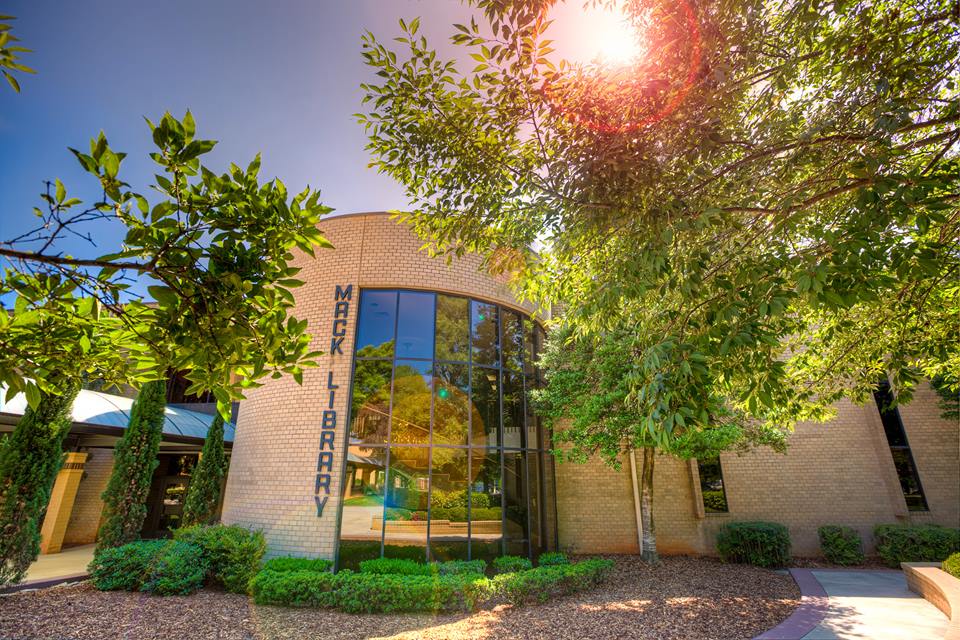
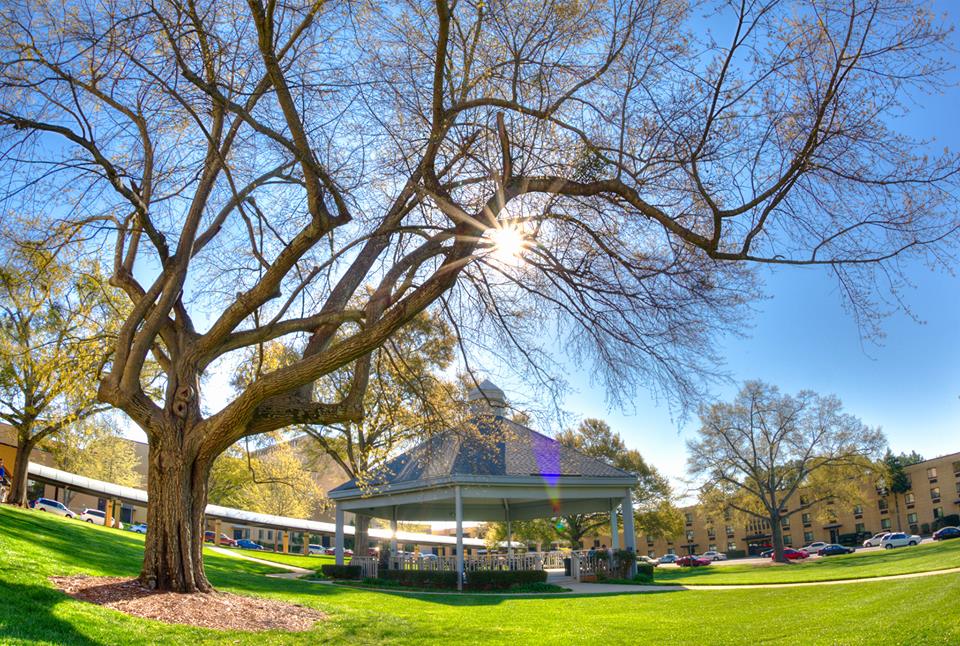
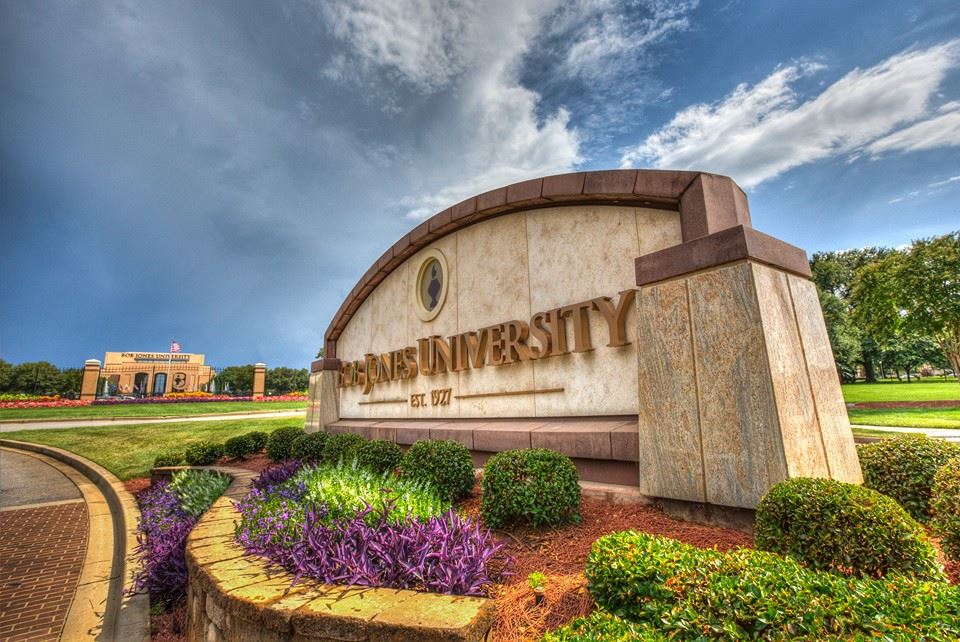
The personal impression: This is where coaches typically win or lose the visit. We want to win, so here is how we do it. Psychologists have performed studies that say you have seven seconds to make a first impression. When I go to meet a recruit in our Welcome Center or by their car, I always want to be the first person that they interact with. Why? Because it's my responsibility as a coach to make them feel welcomed and I don't want to risk someone else impacting that. Remember, I only have seven seconds to make this "first impression" the best that they have ever seen! Do I have a positive attitude? Is my posture conveying confidence? Do I have a bright smile and welcoming eye contact? Is my handshake firm? Am I genuinely interested in them? I know it sounds silly, but when we have a recruit coming on campus the "first impression" is where I spend most of my time preparing. By making a great first impression we have now set the tone for a positive visit.
ARE YOU READY FOR US?
When recruits and their families come on a visit, it is oftentimes their first experience on your campus. They have a sense of insecurity and may have a lot of questions. You've already earned their trust and respect by making a great first impression, but now you need to build their confidence in you and your university. One way we can do this is to have many of their questions answered before they are even asked.
As the recruiting coordinator, I maintain constant communication with all of our departments on campus. When we are planning a visit, I will coordinate with our Welcome Center to prepare every aspect of that visit. As I introduce the family to our Welcome Center personnel, they are handed a packet that contains an itinerary, meal passes, and information about the university and their intended area of study. Inside they will find meetings with admissions counselors, class schedules, tours, etc. We always appeal to the recruits needs and make sure we accomplish everything their family wants to accomplish during their visit. Being prepared answers several questions right away that the family may have been wanting to ask. Again, by doing this we are building confidence in the recruit and his family that we will be ready to take care of them.
BE A PART OF OUR FAMILY
Once we get the prerequisites of the visit completed, we want to make our recruit feel like he is a part of our family. Every team says that they are a family, but very few actually live it out. In everything we do, we want to be sincere and genuine.
One way that we begin to integrate them into our family is by making introductions to everyone we possibly can. Our support staff, coaches from other sports, administration, students, etc. No one is too small or too big to talk to our recruit and their family. By allowing them to build relationships with people outside of basketball, they will begin to feel like a part of something bigger than themselves.
We also involve our current players a lot in the process. Whether its a workout, a meal or a campus tour, we want as much interaction between the recruit and our players. We find this to be very beneficial because our players can give a first hand perspective of what it is truly like to be a part of our family. They tell it how it is and give an honest answer to the questions being asked.
NO PRESSURE
It's always fantastic when a recruit wants to sign on the spot after his visit. However, we never pressure a recruit to sign before he leaves. Our staff always sits down with the recruit and his family prior to their departure and have a very transparent conversation. We want them to be honest with us and let us know what we can do to make us the best fit for their son. We have the utmost confidence that we did everything we could to make this a special visit for them, so we want to let the process play out. There is no doubt in our minds that if a recruit is meant to be here, he will be here.
Campus visits will be different for everyone, but one thing will always be the same. Recruits and their families want to have confidence not only in your program and your staff, but in the university as a whole. Can you give them that confidence? If so, you are going to have a successful future for you and your program!
Photo credit: Derek Eckenroth; Bob Jones University
